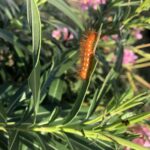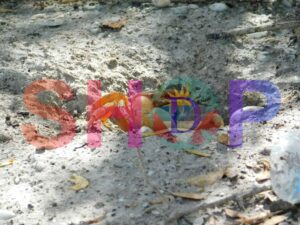Description
The Curlew Sandpiper (Calidris ferruginea) is a remarkable migratory shorebird, easily identifiable by its long, down-curved bill and distinctive breeding plumage. During the breeding season, these birds don a striking rust-red color on their underparts, contrasting sharply with their otherwise gray and white feathers. Outside of the breeding season, they exhibit more subdued gray-brown tones, making them less conspicuous but no less fascinating to birdwatchers and ornithologists.
Devil’s Bridge is renowned among birdwatchers for its unique geographical features that create an ideal environment for spotting a variety of bird species, including the elusive Curlew Sandpiper. The area is characterized by its diverse habitats, ranging from coastal wetlands and tidal pools to rocky outcrops and sandy shores. These varied landscapes provide ample feeding and breeding grounds for numerous bird species, making it a hotspot for avian activity.
The Curlew Sandpiper, in particular, is often attracted to Devil’s Bridge due to its rich food sources and favorable environmental conditions. The seasonal appearance of these birds is closely tied to their migratory patterns. Curlew Sandpipers typically pass through Devil’s Bridge during their long migration from breeding grounds in the Arctic tundra to wintering sites in Africa, Australia, and South Asia. Birdwatchers can expect to see these birds primarily during the spring and autumn migration periods, with peak sightings occurring from late August to early October.







Reviews
There are no reviews yet.